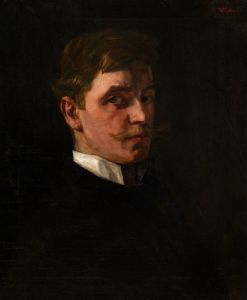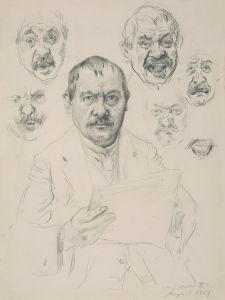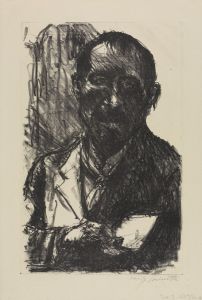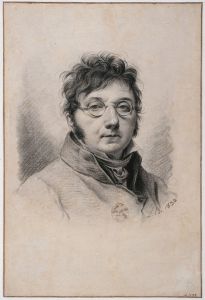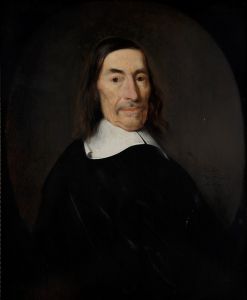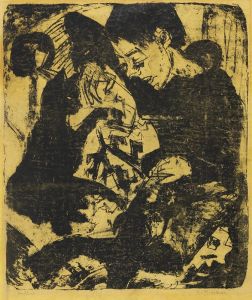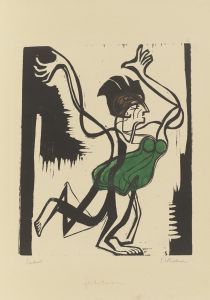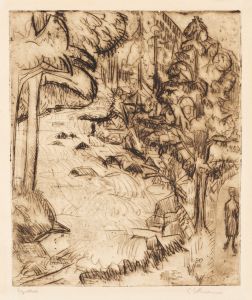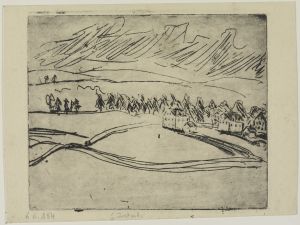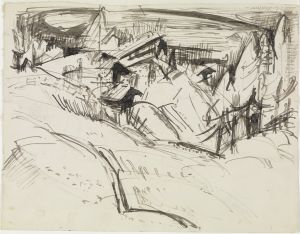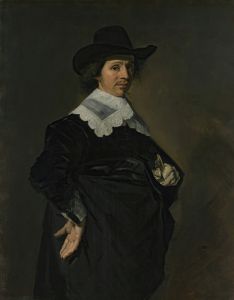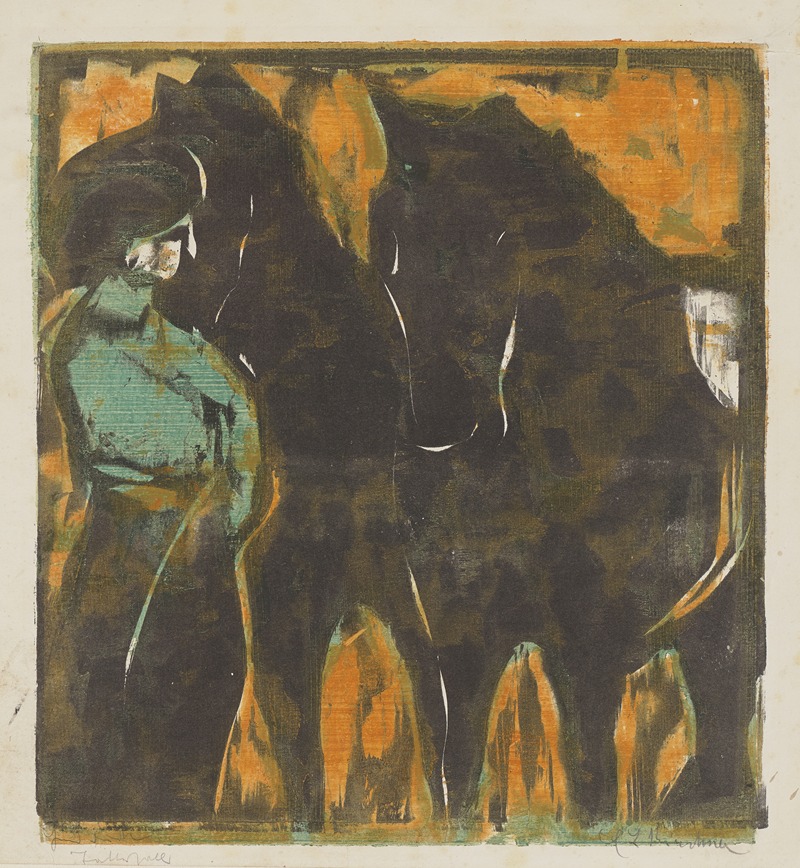
Tattersall
A hand-painted replica of Ernst Ludwig Kirchner’s masterpiece Tattersall, meticulously crafted by professional artists to capture the true essence of the original. Each piece is created with museum-quality canvas and rare mineral pigments, carefully painted by experienced artists with delicate brushstrokes and rich, layered colors to perfectly recreate the texture of the original artwork. Unlike machine-printed reproductions, this hand-painted version brings the painting to life, infused with the artist’s emotions and skill in every stroke. Whether for personal collection or home decoration, it instantly elevates the artistic atmosphere of any space.
Ernst Ludwig Kirchner, a prominent German expressionist painter, created the artwork known as "Tattersall" during a period of significant artistic exploration and development. Kirchner was a founding member of the influential artist group Die Brücke (The Bridge), which played a crucial role in the evolution of modern art in the early 20th century. His works are characterized by bold colors, dynamic compositions, and a focus on the human figure, often reflecting the social and cultural changes of his time.
"Kirchner's "Tattersall" is a notable example of his expressionist style, which often sought to convey emotional experiences rather than physical reality. The painting captures the bustling energy of a horse market or stable, known as a "tattersall," a term derived from the name of a famous horse auctioneer in London. This setting provided Kirchner with an opportunity to explore themes of movement, vitality, and the interaction between humans and animals.
In "Tattersall," Kirchner employs his signature use of vibrant colors and dynamic brushstrokes to create a sense of immediacy and intensity. The figures in the painting are rendered with exaggerated forms and bold outlines, a technique that emphasizes their emotional and psychological states. This approach is typical of Kirchner's work, as he often sought to express the inner life of his subjects through their outward appearance.
The composition of "Tattersall" is both complex and fluid, with overlapping figures and a sense of depth that draws the viewer into the scene. Kirchner's use of perspective is unconventional, often flattening the space to focus attention on the interaction between the figures. This technique reflects the influence of non-Western art forms, such as African and Oceanic art, which Kirchner and his contemporaries admired for their directness and emotional power.
Kirchner's work, including "Tattersall," was deeply influenced by the social and political upheavals of his time. The early 20th century was a period of rapid industrialization and urbanization in Germany, and Kirchner's art often reflects the tensions and anxieties of modern life. His depictions of city scenes, cabarets, and other urban environments capture the frenetic pace and alienation of contemporary society.
Throughout his career, Kirchner faced significant challenges, including the trauma of World War I and the rise of the Nazi regime in Germany. In 1937, the Nazis condemned his work as "degenerate art," and many of his paintings were removed from German museums. Despite these setbacks, Kirchner continued to create art until his death in 1938, leaving behind a legacy that has had a lasting impact on the development of modern art.
"Kirchner's "Tattersall" remains an important work within his oeuvre, exemplifying his innovative approach to form, color, and composition. It reflects his commitment to capturing the essence of human experience and his ability to convey complex emotions through his distinctive expressionist style. Today, Kirchner is celebrated as one of the leading figures of German expressionism, and his works continue to be studied and appreciated for their artistic and historical significance.





